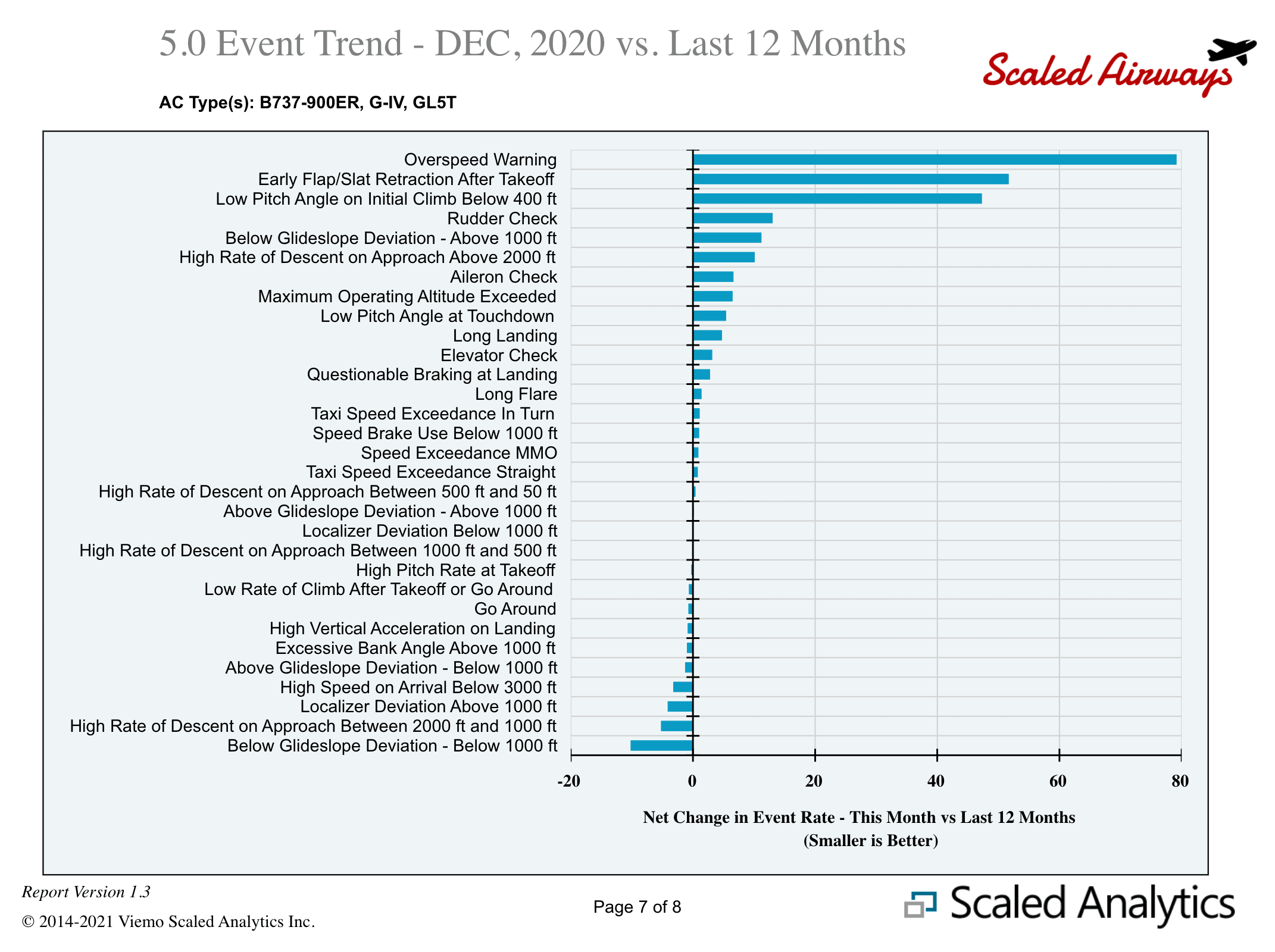(Note: This article was originally published on April 6, 2021).
Years ago, while I was working in Flight Testing, I had a discussion with another engineer (a very brilliant engineer, in fact) regarding the collection of positional data (GPS latitude and longitude) from one of our test aircraft.
Without getting too far into the technical details, he insisted that he needed the data recorded at as high a frequency as possible so that he could get accurate take-off distance calculations. Storage space was (and still is) a limited resource on test aircraft so I pushed back a little bit. My position was that filling up the recorder with one parameter meant that other parameters would need to be recorded less frequently, or not at all.
He was working with some pretty complicated calculations for determining take-off distance so I asked him, “Can’t you just take the point of lift off and the start of the take off roll, then calculate the take off distance using more basic equations?” That is – use 2 very accurate data points rather than 20,000+?
He hummed and hawed and agreed but countered, “But I need to be able to calculate the aircraft accelerations accurately so I NEED all of that high frequency data.”
It was at that point that I reminded him that this was a test aircraft that was full of accelerometers, so if he wanted accurate accelerations, we already had that in spades – no fancy calculations required.
My colleague forgot about the KISS principle. And if you’ve never heard of it, it stands for “Keep It Simple, Stupid” (or “Keep It Simple, Silly” if you are explaining it to your kids or an easily offended coworker).
I first learned KISS as a young engineering student and I try to live by it every chance I get (of course, I am only human and I sometimes need to be reminded about KISS by my coworkers and significant other).
I think it can be applied to just about everything, including Flight Data Monitoring (FDM) programs. However, I think too many people try to make their FDM programs too complex – or at least they try to do too much too soon.
If you look around for articles on Flight Data Monitoring, you might encounter some intimidating statistical terms. You may also see articles that make statements such as, “September’s results were within two standard deviations of the mean over the last 12 months”.
That’s all well and good, but it can be intimidating if you are new to Flight Data Monitoring. And, if you ARE new to Flight Data Monitoring, you may ultimately decide that it is just too complicated for your organization to benefit from FDM.
And if so, that is a shame because there is much to gain from a Flight Data Monitoring program without getting into complex statistical analysis.
There is a lot that can be learned by just looking at some very simple trends. As an example, take a look at the chart below. This is one of my favorite FDM charts, yet it is really quite simple.
This chart tells us, at a glance, how our FDM events are trending this month compared to the last 12 months. For example, in the month of December, our rate of Overspeed Warnings is almost 80 events/100 flights WORSE than it was during the previous 12 month period.
At the bottom of the chart, we can see that our Glideslope Deviation events are improving.
On this chart, bars that extend to the right of the vertical line on the chart are “bad”; bars that extend to the left are “good”. It doesn’t really get any less complex than that.
With a chart such as this, you do not need to do an in-depth statistical analysis to understand where the red flags are that need to be addressed.

There are many similar examples as this one. This is just one of my favorites.
The key takeaway is that you do not need to do complex statistical analysis to benefit from a Flight Data Monitoring program, nor do you need to worry about lacking any specialized knowledge or training (other than knowing how you should be operating your aircraft). There is plenty of “low hanging fruit” – particularly if you are new to Flight Data Monitoring.
Before closing off, I do want to be clear that I am not saying there is no place for more complex data analysis – of course there is (and we probably would not be in business if there was not). As you gain experience in Flight Data Monitoring, you certainly should look into more advanced analysis, just as you may have moved on to flying more complex multi-engine aircraft after mastering the basics of simple single engine training aircraft.
In the early days of your FDM program though, you will likely find areas where you can make significant gains in reducing your event rates. As you make adjustments to your operations to reduce those rates, you will eventually require some more advanced analysis to reduce the rates further – somewhat similar to how those on a diet find losing the last 5 pounds of weight harder than losing the first 20.
But do not be turned away from the benefits of Flight Data Monitoring because some in the industry make it sound complex and too much trouble. If you stick to the KISS principle, you will be well on your way to an effective FDM program that pays for itself in its first year.

Let’s keep in touch
Sign up to get notified of new blog posts, videos or other news and information related to flight data.



